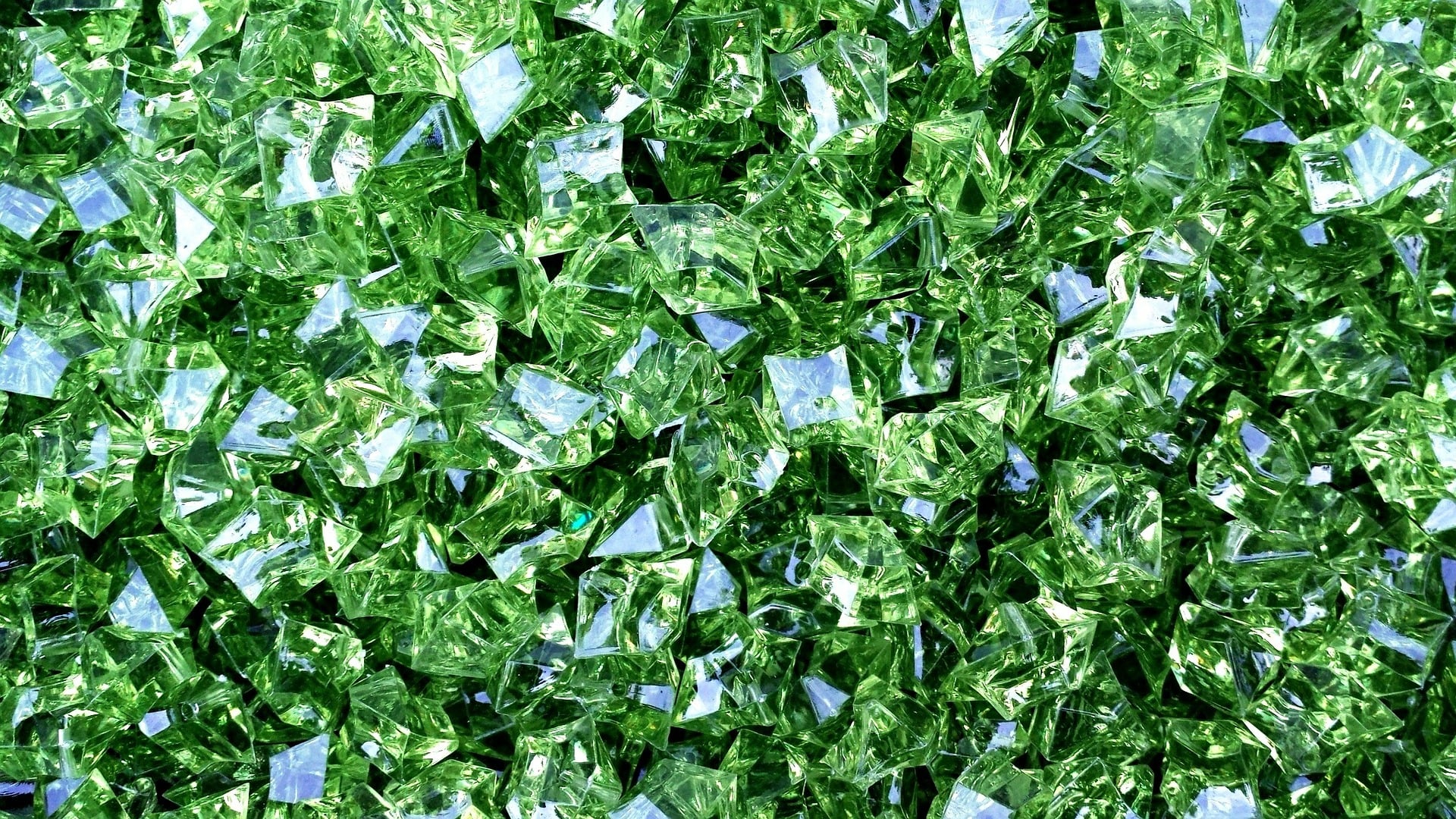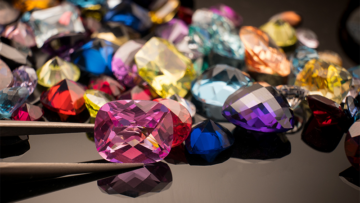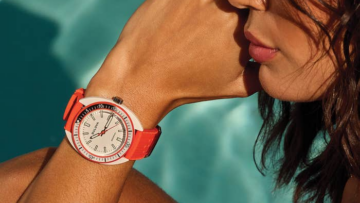Peridot is an eye-catching, sparkling green gemstone that comes in a variety of shades. It has many beliefs associated with it and has been treasured by both modern jewellers and ancient civilisations alike. Peridot makes a striking addition to any jewellery collection due to its unique colour and striking sparkle. If you are interested in this bold gemstone, keep reading for our list of 10 interesting facts about peridot.
1. The name ‘peridot’ comes from the Arabic word ‘faridat’.
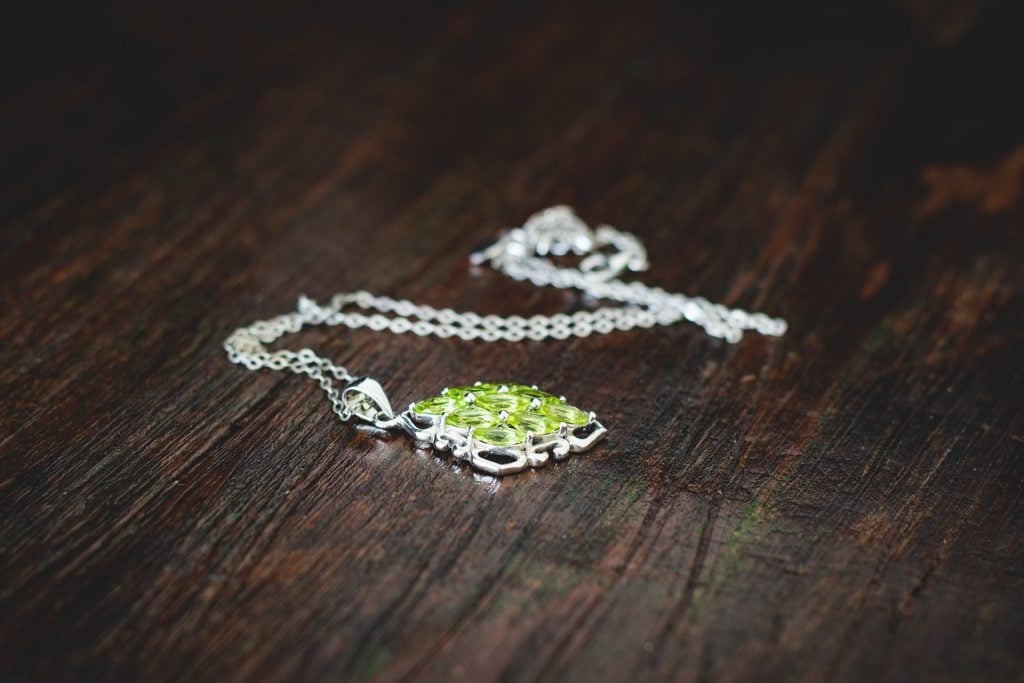
The word peridot is French as stems from the Arabic word ‘faridat’. ‘Faridat’ translates to ‘gem’, so the name for peridot is arguably one of the least imaginative gemstone names.
2. Peridot is the only gemstone that comes in only one colour.
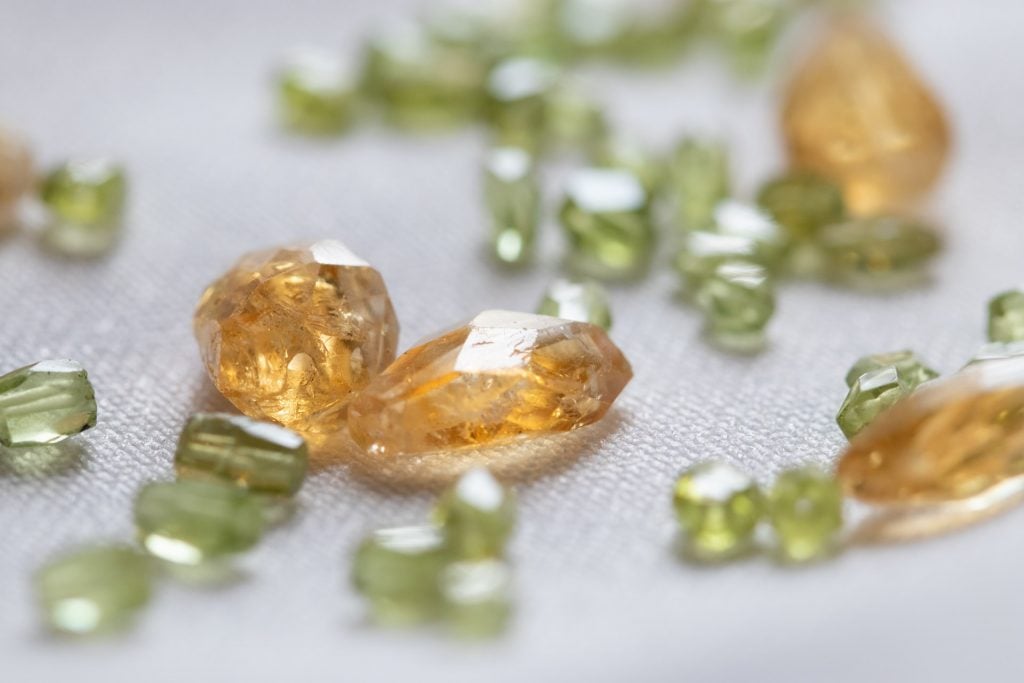
Many popular gemstones are one of several variants of the same kind of gemstone with each variant being defined by its colour. Peridot only comes in shades of green, varying from pale yellow green to deep olive green. The gemstone is a form of the mineral olivine and the colour is caused by the amount of iron in the crystal structure.
3. This gemstone is formed in the Earth’s mantle.
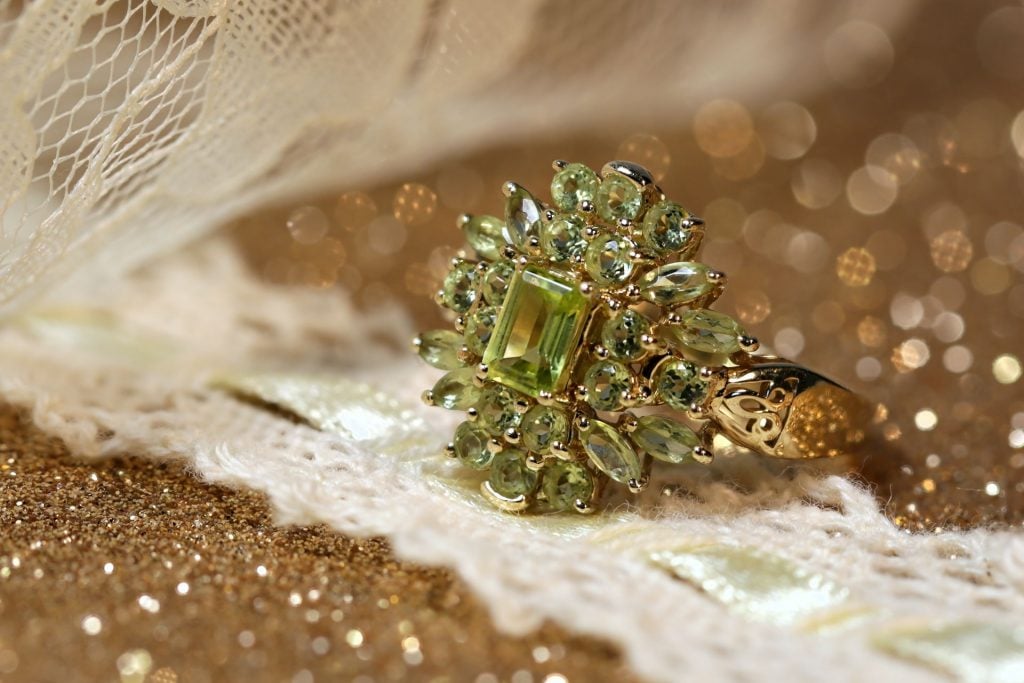
Most gemstones are formed in the Earth’s crust. However, peridot is formed in the Earth’s mantle. The only other gemstone that is formed in the same place is diamond, making peridot a special and unique gemstone.
4. Peridot has long been associated with light.
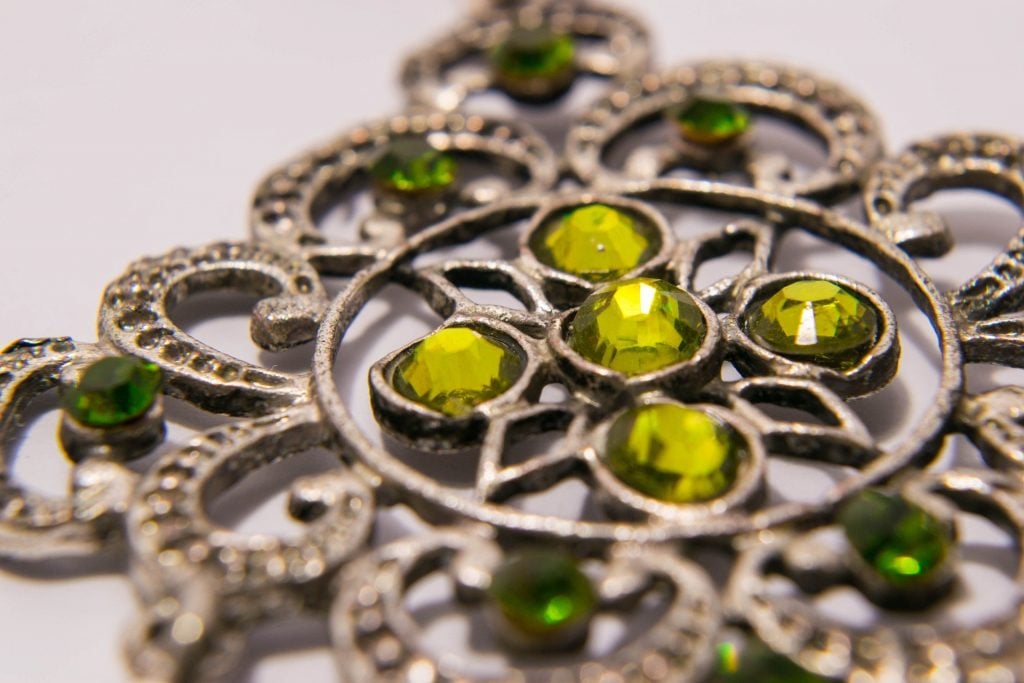
Peridot and its sparkling hues have been closely associated with light for many centuries. It is thought that this association stems from how the Ancient Romans referred to peridots as ‘evening emeralds’. This name is thought to be due to the fact that the gemstones do not darken at night. They continue to glisten in candlelight.
5. The gemstone has been found in space.
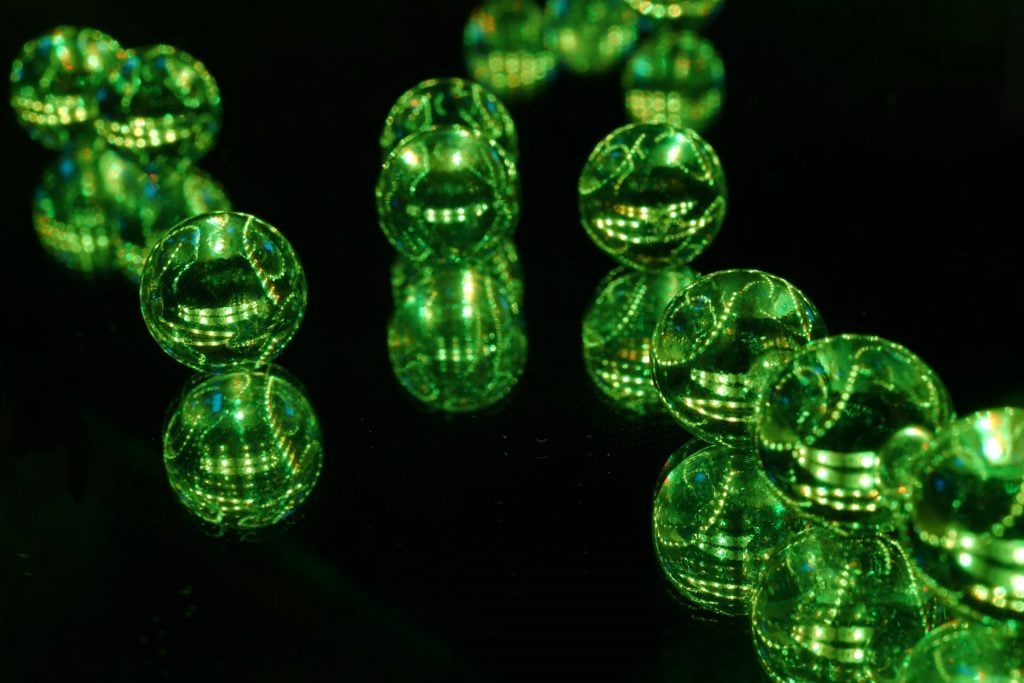
Peridot has been found at meteorite crash sites, meaning that the gemstone exists in space. The gemstones are also found in lava deposits. Peridot has been mined in countries all around the globe including the USA, South Africa, Chine, Norway, Myanmar, Tanzania, Australia, Kenya, and Pakistan.
6. Some of the most famous peridots are those that adorn The Shrine of the Three Kings.
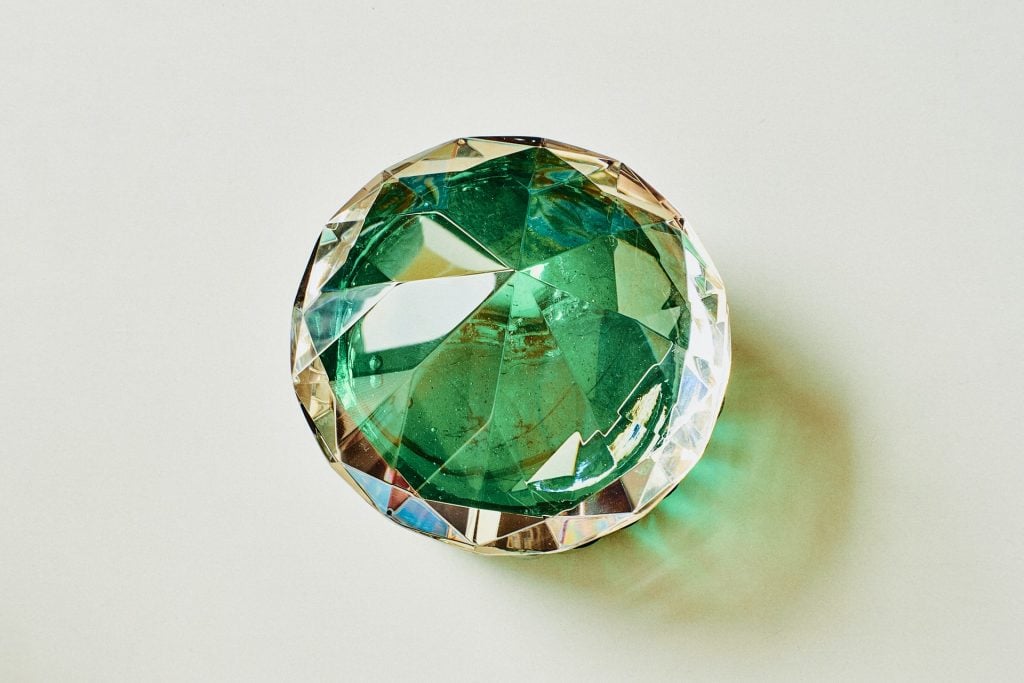
The Shrine of the Three Kings is located in the Cathedral of Saint Peter in Cologne, Germany. The shrine is adorned with gold and 1000 gemstones. It is believed to contain the bones of the three kings. The gemstones on the shrine were initially believed to be emeralds, but it was later realised that they were actually peridots. Some of the peridots on the shrine weigh 200 carats.
7. There is historical evidence of peridot being mined as early as 1500BC.
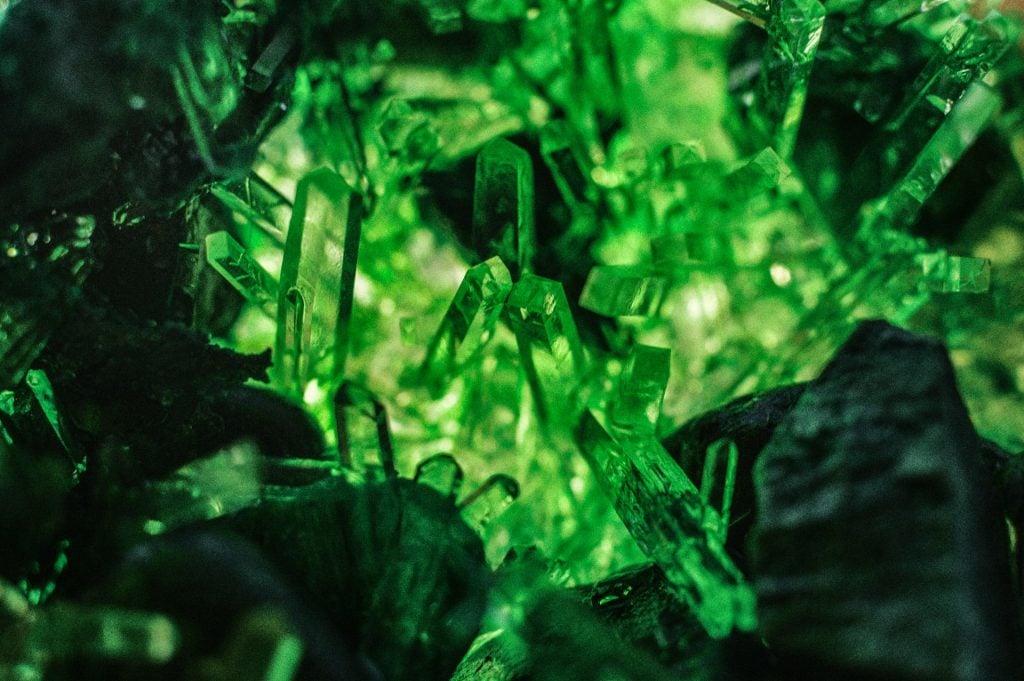
There is evidence that the Ancient Egyptians used peridots in jewellery. It is believed that they referred to the stones as ‘gems of the sun’. The stones that the Egyptians used in jewellery were mined on the island of Topazios, which is now known as Zeberget. The island was infested with snakes, but the Egyptians braved this hazard in order to mine the beautiful peridot gemstones.
8. In Hawaiian folklore, peridot gemstones were believed to be the tears of Pele.
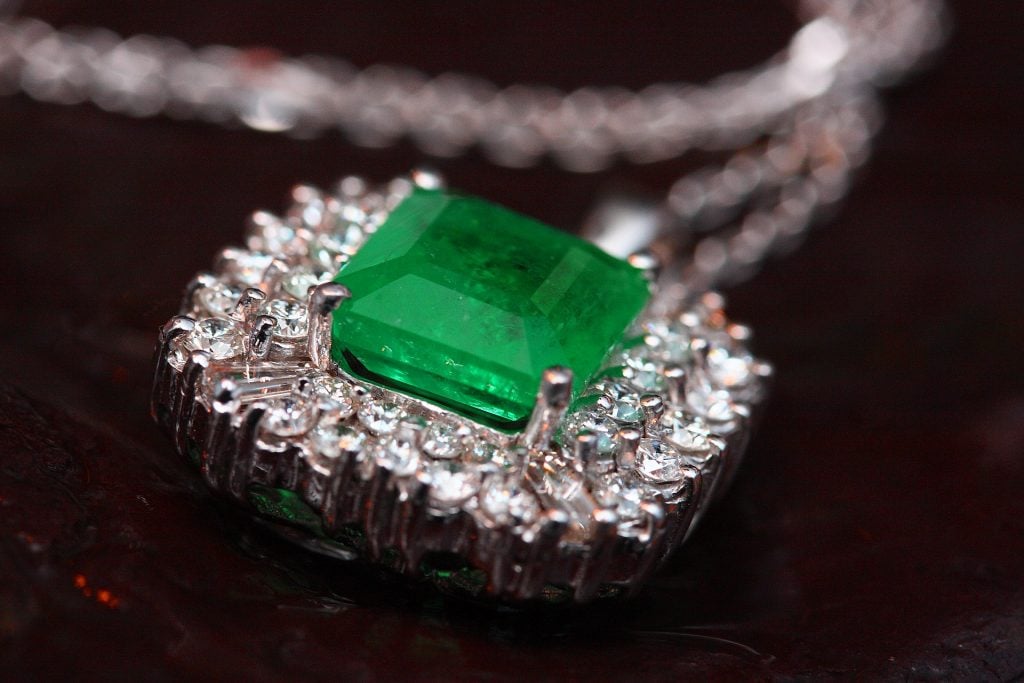
Pele is the goddess of the volcano and her temper is said to be as dangerous as lava. Peridot is a volcanic gem that is formed deep in the Earth’s mantle. The green gemstones are believed to be the tears of Pele and are thought to have powers to heal and bring wealth and growth.
9. Peridot is believed to ward off evil spirits.
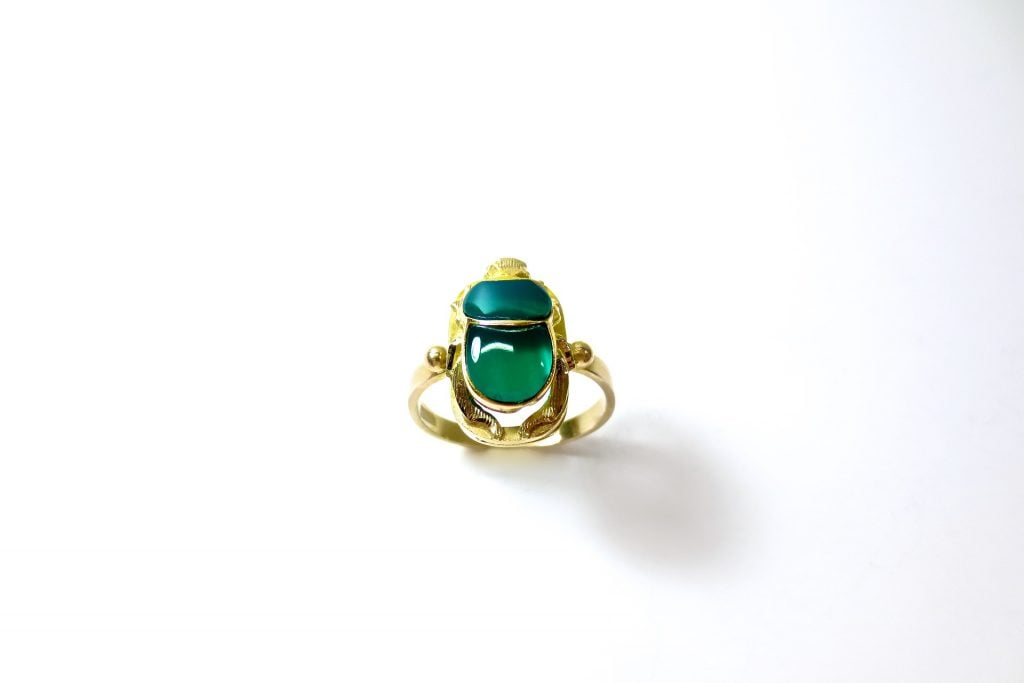
Like many other gemstones, peridot has many beliefs surrounding it. It is thought to ward off evil spirits and aid in the success of marriages and relationships. The gemstone is believed to encourage positive energy and suppress jealousy.
10. Peridot gemstones are fairly inexpensive when they are under four carats in weight.
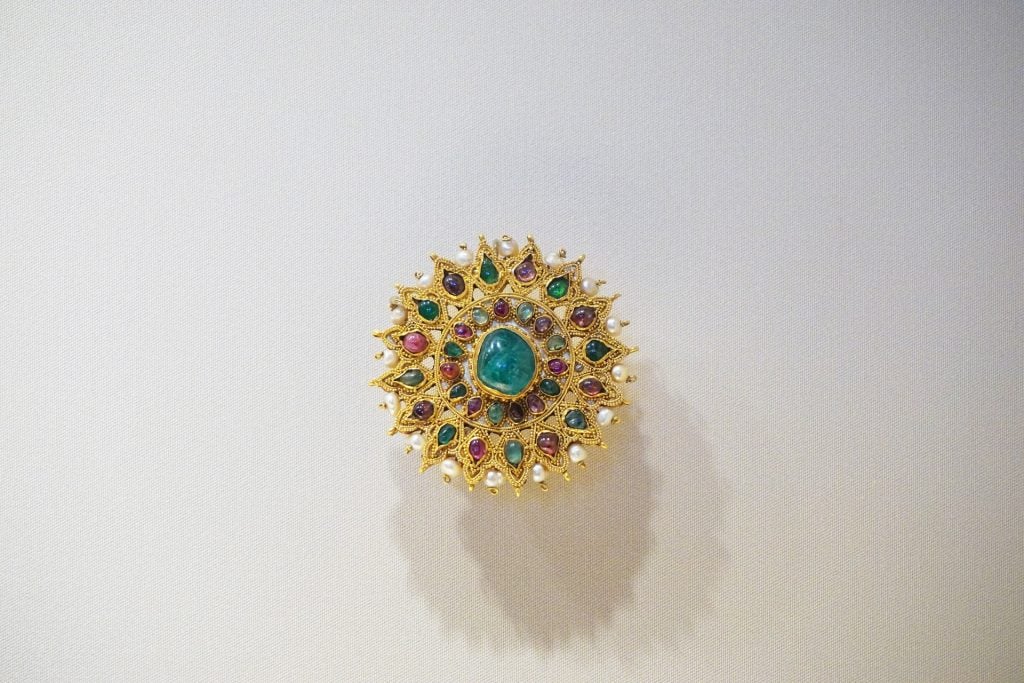
Peridot is a form of the mineral olivine which is very common. However, true gemstone quality peridot is much rarer. Peridot that weighs less than 4 carats is relatively inexpensive. Peridots of more than four carats costs considerably more. Any peridot that weighs more than 10 carats is considered very rare and the price would increase accordingly.
If you are interested in adding peridot to your jewellery collection, click here to browse peridot jewellery on out website.
What are your thoughts on our 10 interesting facts about peridots? Do you know any others? Let us know in the comments below!

